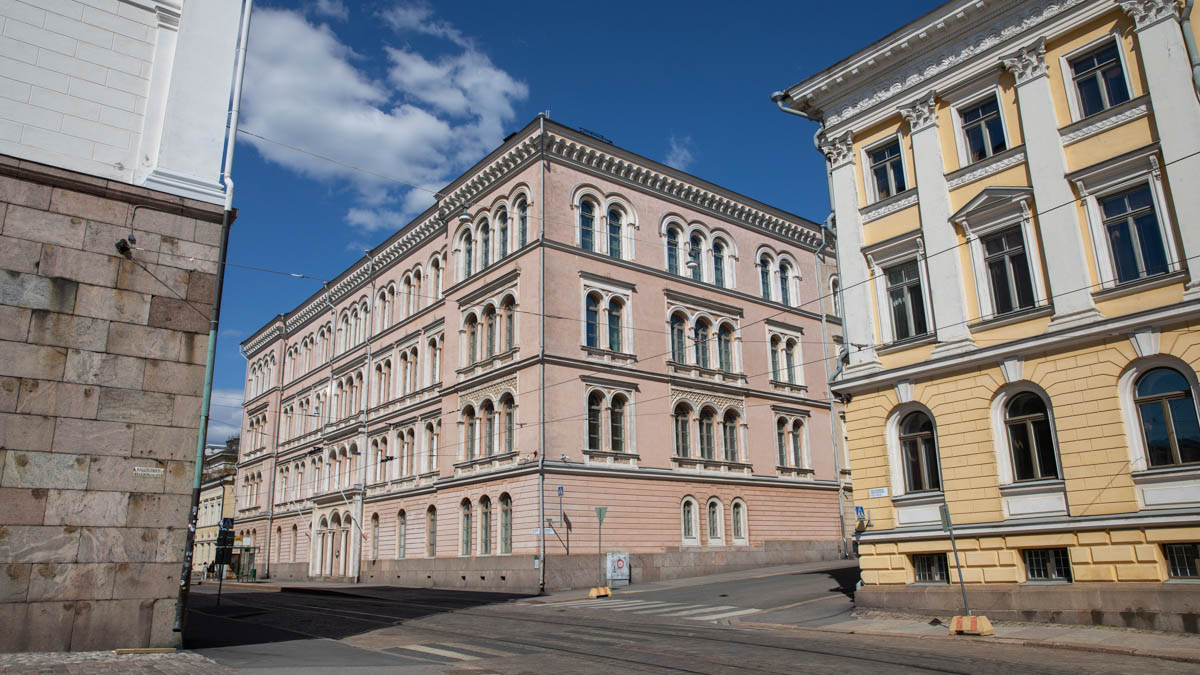
Arppeanum
The Arppeanum building was designed by architect Carl Albert Edelfelt and was completed in 1869. It was originally used as a laboratory and museum by the Department of Chemistry at the Imperial Alexander University, which is now the University of Helsinki.
The building, which features references to Venetian palace architecture, is called Arppeanum in honour of Professor of Chemistry, University Rector and Senator Adolf Edvard Arppe, who oversaw the large-scale construction project. Over the years, in addition to the Department of Chemistry, Arppeanum has been home to the University of Helsinki’s Departments of Physics and Geology, the Department of Agriculture and Forestry, the Slavic Library and the University Museum.
Located at Snellmaninkatu 3 in the Kruununhaka district of Helsinki, the Arppeanum building is closely linked not only to the history of the university but also to the development of the Finnish museum sector. The historical-ethnographic museum and collection of sculptures once located in the building gave rise to what are now the National Museum of Finland and the Finnish National Gallery.
From the perspective of architectural history, the most valuable parts of Arppeanum are its four-storey staircase and its auditorium, which is available for use by other ministries in addition to the Prime Minister’s Office.
In autumn 2015, 180 public officials from the Government Administration Department moved into the historic building. The Government Administration Department is responsible for the common administrative and specialist services of the Government and its ministries and for the internal administration of the Prime Minister’s Office.
The third and fourth floors of Arppeanum were converted into a modern multi-space working environment for the Government Administration Department in line with the Government’s premises strategy. Employees work in the multi-space environment without designated workstations.